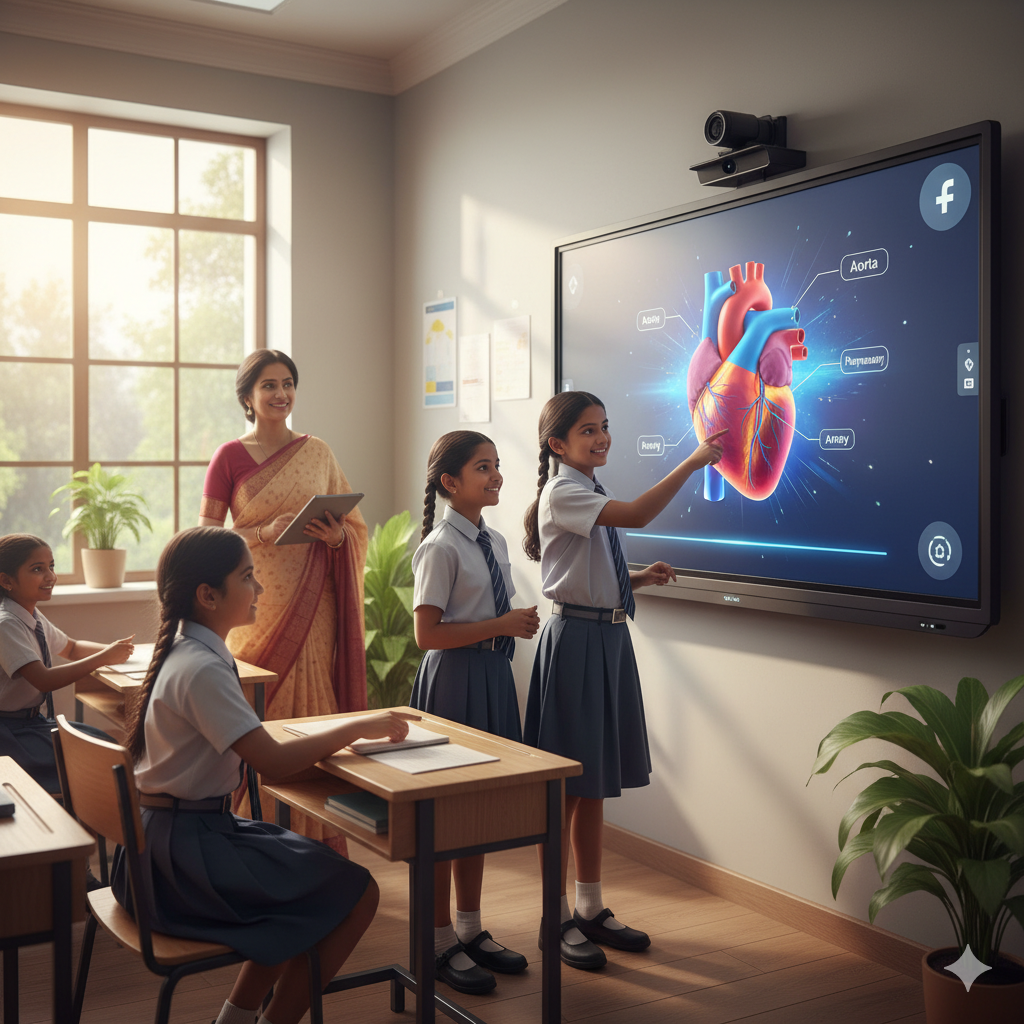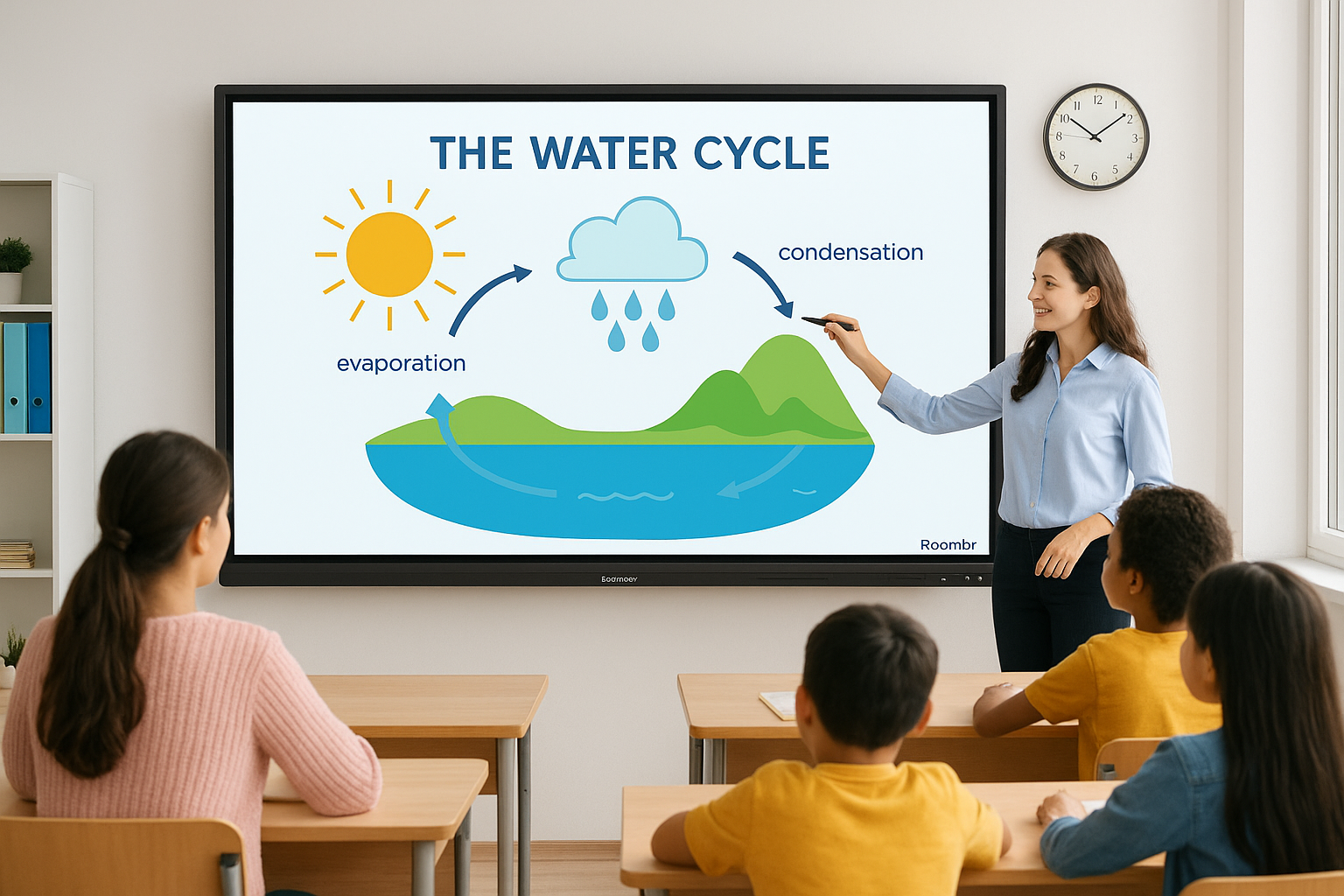Master Remedial Classes with Digital Tools & Smart Strategies

Whether you're teaching in traditional classrooms or using modern digital setups, mastering the art of remedial teaching is a game-changer. Remedial classes are becoming a critical component in today’s educational system. We all know that not every student learns at the same pace. Some students might struggle to grasp concepts, while others breeze through the material. The aim of remedial education is not to label these students as "slow" but to offer them a customized pathway to catch up and succeed.
Today, we want to share practical tips, actionable plans, and effective strategies that can make your remedial classes impactful, engaging and rewarding, for both you and your students. We'll also touch on how you can use digital classroom setups to enhance these classes and make the experience seamless.
What is the Meaning of Remedial Class
Remedial classes are specialized learning sessions designed to help students overcome specific academic challenges. They offer personalized support, especially when delivered through digital classroom tools that adapt to different learning styles and paces.
Start With Remedial Class Assessment: Know Where the Gaps Are

Before diving into remedial classes, you need to assess where the learning gaps are. But how do you do that effectively?
Pre-Assessment Tests
These can range from simple quizzes to more in-depth diagnostic assessments. The goal is to identify not just the areas of weakness but also the root cause of the struggle. Is it a lack of understanding of the basics? Or maybe it's a behavioral issue like a lack of focus?
One-On-One Interviews
Sometimes, students are afraid to admit what they don’t know. A private conversation with each student can give you insights into their unique struggles that standardized tests might miss.
Once you’ve identified the gaps, it’s easier to tailor your remedial classes. This is where modern technology, particularly digital classrooms, can become a real asset. You can use tools like interactive projectors and digital collaboration platforms to keep track of each student's progress individually.
Adaptive Remedial Teaching Plans for Digital Classrooms
Every student is unique, so a one-size-fits-all approach won't work for remedial classes. What you need is an adaptive and flexible plan that can change according to student progress.
1. Break Learning Into Small Chunks
Instead of overwhelming students with a large amount of information, break it into manageable sections. This "microlearning" approach is much easier to digest. Each small win gives the student a confidence boost.
2. Set Achievable Goals
Each remedial class should have clear, achievable goals. For example, if the issue is in math, the goal could be mastering a specific equation before moving on to more complex problems. Setting goals like these in a digital classroom becomes even more effective because you can track them digitally, adjust the pace, and even assign personalized tasks.
3. Incorporate Different Learning Styles
In a traditional classroom, it can be hard to cater to every learning style, but digital tools make this more feasible. Use visual aids, interactive videos, and hands-on digital activities to cater to visual, auditory, and kinaesthetic learners all at once.
4. Offer Immediate Feedback:
The beauty of digital classroom setups is the ability to give immediate feedback. Whether it's through an interactive quiz or real-time tracking, students will know where they stand. Feedback doesn’t just tell them what they did wrong—it shows them how to improve.
How to Make Remedial Classes Interactive and Engaging
If you want your remedial classes to succeed, they must be interactive. Gone are the days when students sat passively listening to lectures. Here’s how you can keep them engaged:
1. Gamify Learning
Whether you're using digital classroom tools or physical activities, turn learning into a game. For instance, use interactive quizzes where students earn badges or points for completing tasks. It doesn’t just make learning fun—it makes it effective.
2. Peer Learning
Some students learn better when they explain things to each other. Set up group projects where advanced students can help those who are struggling. With digital collaboration platforms, this becomes much easier and more structured.
3. Use Technology to Personalize Learning

In a digital classroom, every student can work at their own pace without feeling left behind or bored. Interactive features allow you to give one group of students a simpler problem while another works on a more advanced task. This keeps everyone engaged.
Involve Parents in the Remedial Learning Process
We often overlook how important parental involvement is in remedial education. Especially with the aid of digital tools, parents can be more engaged in their child’s progress than ever before. Here are a few strategies for including parents in the process:
1. Share Digital Progress Reports
With a digital classroom setup, you can easily send progress reports and even video updates to parents. This keeps them in the loop without requiring face-to-face meetings.
2. Parental Workshops
Host a digital or in-person workshop where you teach parents how to support their child at home. The more involved they are, the more consistent the student's progress will be.
Top Digital Classroom Tools for Remedial Education
Remedial classes are not limited to just paper, chalk, and blackboards anymore. Here are some key digital tools that can make your remedial teaching activities and efforts stand out:
1. Interactive Projectors
With the ability to switch between online and offline modes, interactive projectors offer an immersive learning experience. Imagine taking a remedial math class where you can draw on a digital screen that’s up to 200 inches wide. It’s like turning the classroom into a playground for ideas.
2. Lesson Capture & Recording
With a digital classroom setup, every lesson can be recorded. This allows students to revisit challenging material at their own pace, even outside of school hours. It’s also a great tool for revision.
3. Digital Collaboration Tools:
Whether it’s something custom-built, these platforms make it easier for teachers and students to communicate, share assignments, and track progress.
Building Emotional Support in Remedial Teaching
For remedial classes to truly succeed, the students must feel supported emotionally as well as academically. You want to create an environment where they aren’t afraid to make mistakes or admit they’re struggling. Here are some strategies for building that environment:
Positive Reinforcement
Celebrate even the small victories. A student improving by just a few marks should be encouraged. Digital platforms allow you to track and celebrate these milestones more effectively.
Provide Emotional Support
Struggling students often feel discouraged. Involve counsellors or create mentorship programs where students can express their frustrations. Remedial education is not just about filling academic gaps. It’s about empowering students to believe they can succeed.
Conclusion
Remedial classes are not a reflection of failure—they are an opportunity for growth. With the right mix of practical strategies, customized plans, and digital classroom tools, we can transform how we approach these classes. Every student deserves the chance to succeed, and with these tools, that success is well within reach. Let’s make remedial teaching not just effective, but exciting and engaging for students and teachers.
FAQs for Educators
1. How do we manage remedial classes for students with widely different levels of understanding?
This is where digital classrooms come in. With the ability to customize assignments and lessons, you can cater to each student's pace without holding others back. Tools like interactive projectors and personalized quizzes make this more manageable than in traditional classrooms.
2. How can we ensure that remedial students don’t get left behind in a digital setup?
The great thing about a modern digital classroom is that it provides real-time feedback. Teachers can instantly see which students need help and provide one-on-one support either during or after class.
3. Are remedial classes less effective in online or hybrid formats?
Not at all! Hybrid models can enhance remedial classes. With features like recorded lessons and on-demand access, students can catch up anytime, anywhere. The flexibility of hybrid learning makes it ideal for remedial education.
Ready to Transform Your Remedial Classes?
Discover how Roombr’s digital classroom solutions make remedial teaching more personalized, engaging, and effective. From interactive tools to real-time progress tracking, we help every student catch up—confidently.
Book your free classroom demo today and experience the difference.
Parvin Khatun
Share
Step Into the future of
Education with Roombr


















